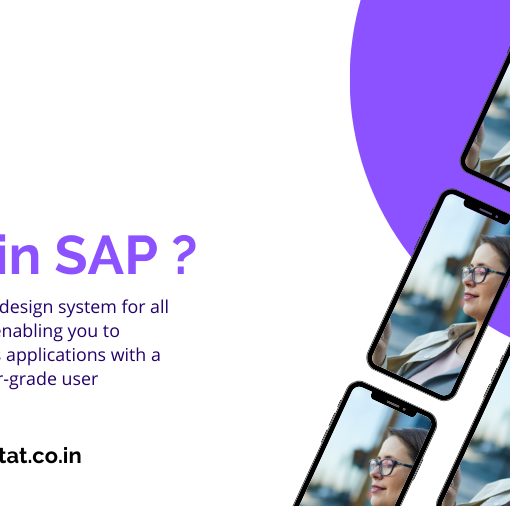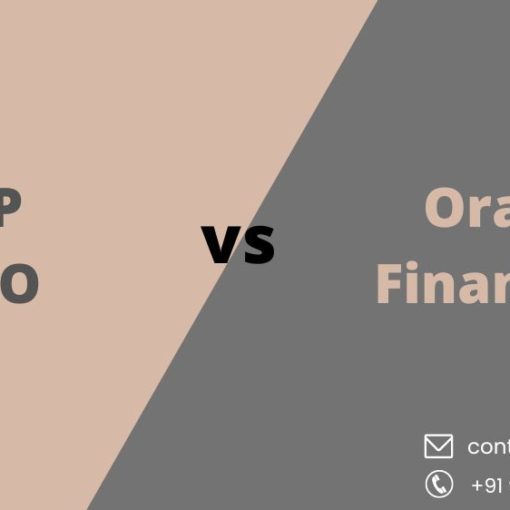What are Adobe Forms for SAP?
Adobe Forms for SAP is a form creation technology that is now used by SAP. In 2005, Adobe Forms for SAP was released. Prior to that, SAP and Adobe collaborated as part of a strategic alliance that began in 2002.
Forms can be generated in companies, filled out, printed, presented on the screen as a pdf file, and even distributed using Adobe Forms for SAP (officially: SAP Interactive Forms by Adobe or IFbA for short). Orders, purchase orders, and invoices are examples of such documents.
Adobe’s SAP Interactive Forms is the replacement for SAPscript and SmartForms. In many ways, such as design and performance, the technology outperforms its two predecessors. Adobe Forms, unlike SAPscript and SmartForms, is still in development.
There is a clear separation of design and code with Adobe Forms for SAP. In addition, Adobe’s SAP Interactive Forms provides a number of useful capabilities and tools for creating forms.
To use Adobe Forms for SAP, you must first install a java stack (also known as a stack) in SAP BASIS. Furthermore, developers must set up the Adobe Document Service (ADS). Because Adobe Forms runs on Windows, Adobe LiveCycle Designer (LCD) – the graphical user interface – must also be installed separately.
Features
- The obvious separation of data and layout is one of the significant features. Forms, for example, are always readable regardless of the opening system.
- The output of print forms is now independent of the printer used, making printing forms easier and more secure. This lowers the error rate and saves money.
- The graphical editor should also be mentioned. It is true that SmartForms already has a simple graphical editor. On the other hand, Adobe LiveCycle Designer is a stand-alone version created by Adobe exclusively for SAP.
- Data can be transferred to forms by dragging and dropping, just like SmartForms. Symbols and images make it easier to operate. An image, a table, or a video can all be included in a form.
- Developers can make modifications to the form directly using scripting languages. It’s also possible to add buttons that have a specific function assigned to them. The interactive usage of pdf forms may necessitate the purchase of a license.
Advantages
- Programming and design must be kept separate.
- When developing forms, you can save a lot of time (especially compared to SAPscript).
- It is possible to create interactive forms (static and dynamic forms).
- A designer who is convenient and typically simple to utilize.
- TrueType fonts do not need to be uploaded.
- Good performance and a modern user interface.
- Adobe forms can be used at any time, from any location, on any device (including mobile, even offline).
- Adulting and archiving ensure compliance with regulatory, legal, and corporate obligations.
SAPscript
SAPscript is SAP’s oldest technology for developing forms. With the launch of SAP R/2 in the early 1970s, SAPscript was released. The technology is no longer being developed and is considered obsolete. As a result, no new forms should be created in SAPscript today.
Companies are still using SAPscript for form development today, which speaks to the technology’s quality. The reason for its continued use is that it is extremely time-consuming to move forms from one language to another once they have been prepared.
SmartForms
SAPscript was followed by SmartForms. Since 2001, this technology has been on the market. SmartForms is already thought to be a considerable step forward from SAPscript.
Many things may now be done without programming knowledge using SmartForms, which is now a somewhat modern and comfortable development tool. SmartForms can be accessed using the SMARTFORMS transaction, which is available to form developers.
For the first time, SmartForms separates data retrieval from data preparation. Only the form is called in the program. A graphical editor is also offered, which is novel in comparison to SAPscript. Data can now be transformed into the form by simply “dragging and dropping” it.
With the ABAP debugger, troubleshooting is also easier than with the preceding technology. Although SAPscript has its own debugger, which is highly useful, troubleshooting with SmartForms is much easier due to the obvious separation between data retrieval and layout.
Adobe LiveCycle Designer
Adobe LiveCycle Designer (LCD) is the tool used to design and build forms in Adobe Forms for SAP. Companies must download and install the application on the developer’s computer. The application does not require Adobe LiveCycle Designer (for example, to print or display the form).
Adobe Experience Manager Forms has been “stripped down” in Adobe LiveCycle Designer (formerly Adobe LiveCycle). Adobe LiveCycle 2020 has been decommissioned as part of the transition. Importantly, this has no impact on SAP clients; Adobe LiveCycle Designer is still the preferred editor for SAP. It’s a standalone product.
It is an easy-to-use graphical interface – in the best sense, it’s a “What-You-Can-See-Is-What-You-Get” editor. The designer now supports form fragment technology in SAP S/4HANA, making form development easier (for example, fragments for a uniform corporate design). Drag and drop with the mouse, for example, can be used to insert data. There are other graphics and symbols accessible. Tables can also be readily embedded in forms by users.
SAP ADS
SAP ADS stands for SAP Adobe Document Services. This technology is the basis for Adobe Forms for SAP.
SAP ADS ensures that SAP can use the Adobe applications Adobe Acrobat and Adobe Reader programs. Adobe Document Services creates the completed form based on SAP data, which can subsequently be edited online or offline.





